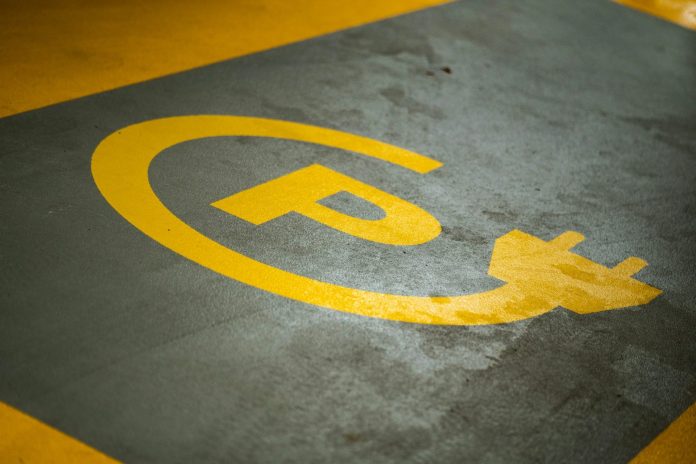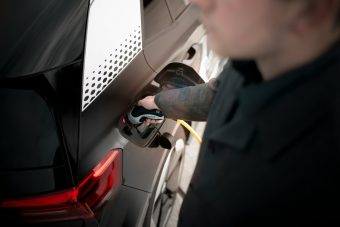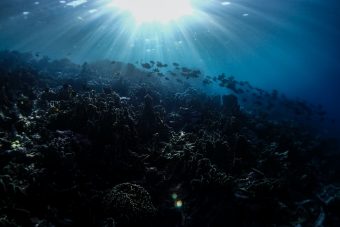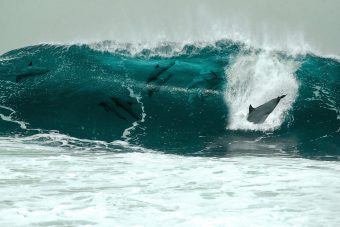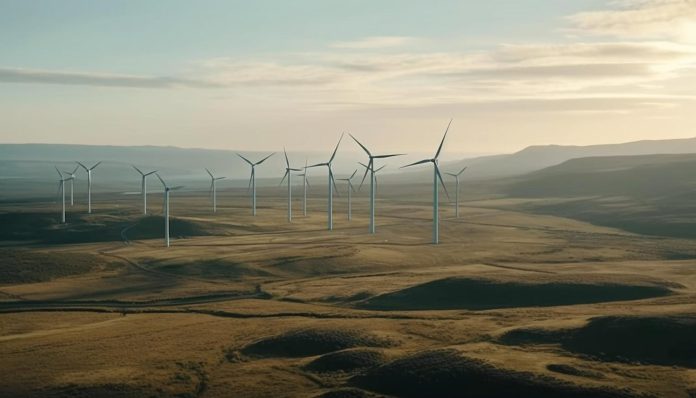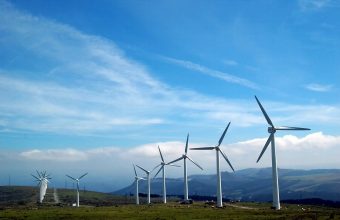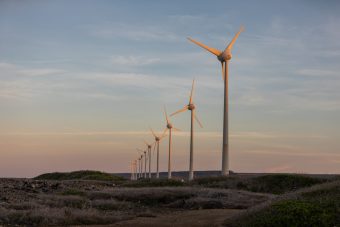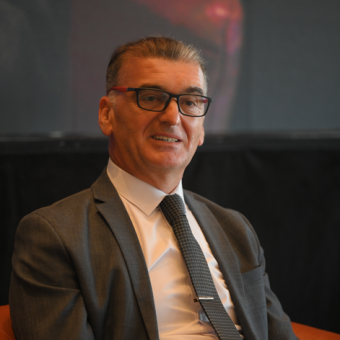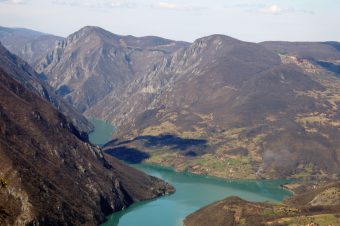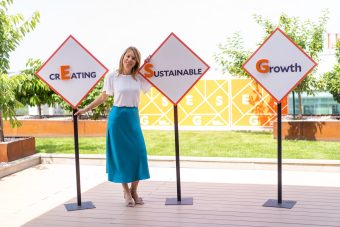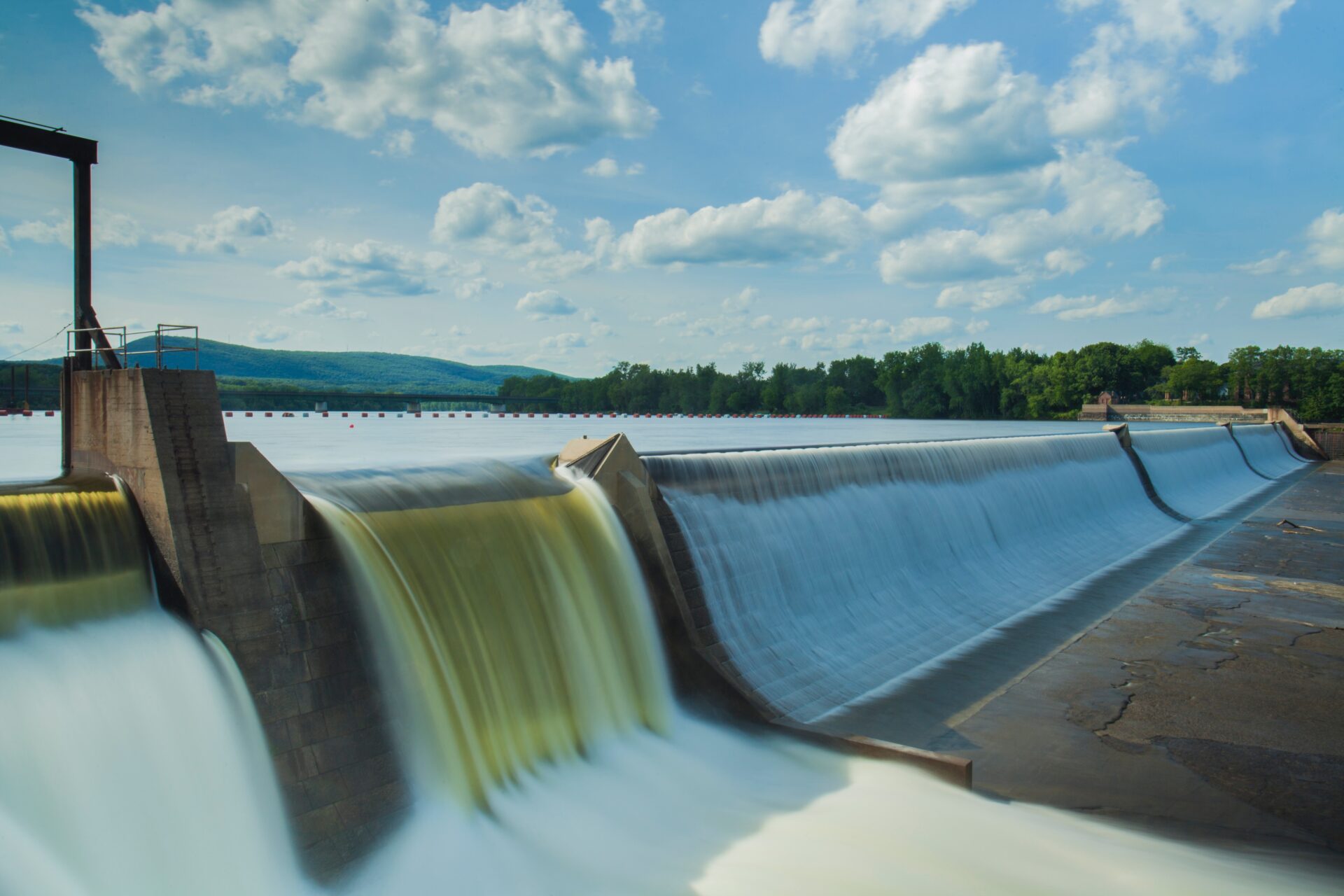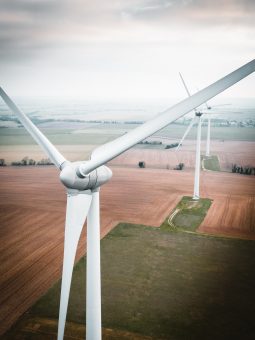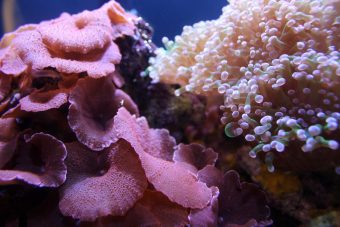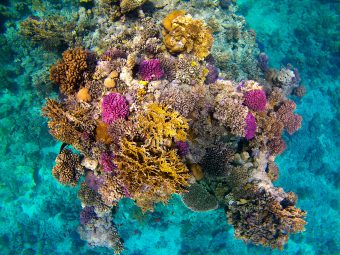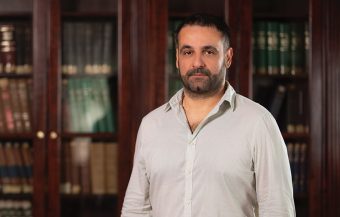
A new updated version of the SunSmart Global UV App is released at the peak of the northern hemisphere summer, helping people to protect themselves against the harmful ultraviolet rays of the sun and to reduce the global burden of skin cancer and UV-related eye damage.
The mobile phone app, initially launched in 2022, provides five-day UV and weather forecasts at searchable locations. It is supported by the World Health Organization (WHO), the World Meteorological Organization (WMO), the United Nations Environment Programme (UNEP) and the International Labour Organization (ILO).
The updated app integrates national and local data streams, supporting multiple languages including Arabic, Chinese, Dutch, English, French, German, Italian, Russian and Spanish.
The app also includes a tablet version and allows users to track UV levels and receive personalized sun protection advice for up to 10 locations. It is available for free on both Apple App and Google Play stores.
“Protecting yourself from UV radiation is not just about preventing sunburn; it’s about safeguarding your future health,” said Dr Maria Neira, Director, Department of Climate Change, Environment and Health, World Health Organization. “Prolonged exposure to ultraviolet rays can lead to skin cancer, premature aging and eye damage. Taking preventive measures today can ensure a healthier tomorrow.”
The app is based on the UV Index, which describes the level of solar UV radiation at the earth’s surface. The UV Index is reported on a scale of one (or “Low”) to 11 and higher (or “Extreme”). The higher the index value, the greater the potential for damage to the skin and eye, and the less time it takes for harm to occur.
More:
- ANCHORING ENVIRONMENT, CLIMATE AND SUSTAINABILITY AS PART OF THE EU’S STRATEGIC PRIORITIES IS KEY TO SUCCESS
- UNESCO RAISES GLOBAL ALARM ON THE RAPID DEGRADATION OF SOILS
- CLIMATE CHANGE REDUCE THE NUMBERS OF MIGRATING BIRDS
The maximum UV Index is at the solar noon when the sun is highest in the sky. Adapting outdoor activities and using sun protection are recommended when the UV Index is three or above. UV damage is cumulative and UV can be harmful when people are exposed for long periods – even at low levels.
The SunSmart Global UV App, leveraging this index, provides consistent UV reporting and public health messaging globally. It educates the public on simple prevention measures such as limiting time in the midday sun, seeking shade, wearing protective clothing and using broad-spectrum sunscreen.
“This app combines meteorological, environmental and health expertise to help protect people from the sun both at work and in their leisure. It is an important tool in a much wider campaign to inform people of the health risks not just of sun, but of excessive heat,” says Joy Shumake-Guillemot of the joint WMO-WHO Climate and Health Office and coordinator of the Global Heat Health Information Network.
“It is a great example of science serving society and shows how we can leverage the power and reach of mobile phone technology for Early Warnings For All,” she said.
The app seeks to bring worldwide consistency to UV reporting and public health messaging. It was developed by the Cancer Council Victoria and the Australian Radiation Protection and Nuclear Safety Agency, both WHO Collaborating Centres in Australia where a similar app demonstrated improved UV protection public awareness when it was used to support a decades-long, systematic public health campaign promoting sun-smart behaviour.
Source: WMO

